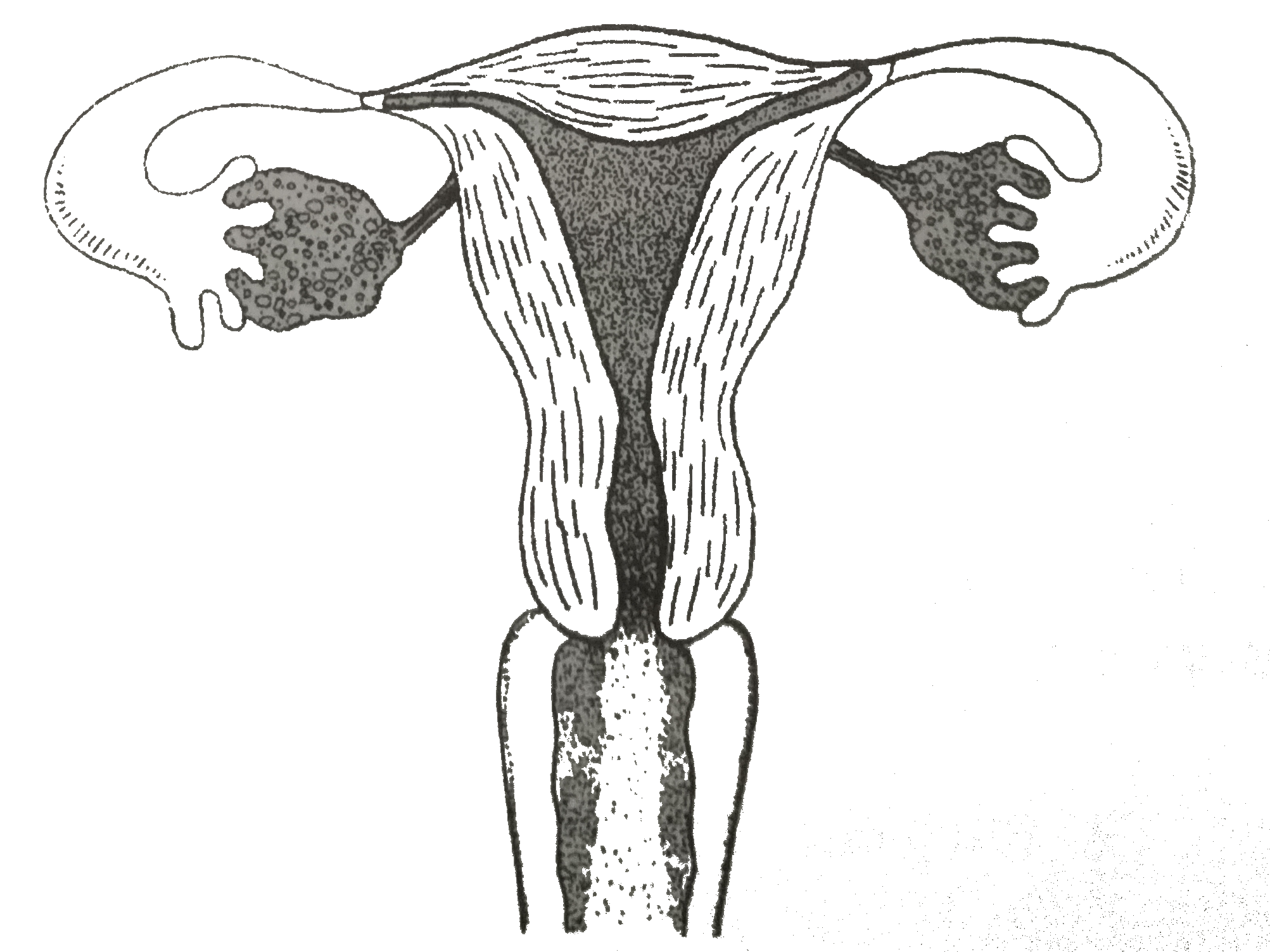Complete Solutions to Short Answer Type Questions of chapter HOW DO ORGANISMS REPRODUCE of Class 10 book with complete answers and questions
| Class 10 | BIOLOGY |
| Chapter | HOW DO ORGANISMS REPRODUCE |
| NCERT EXEMPLAR | Short Answer Type Questions |
| Number Of Questions | 21 |
| Academic Year | 2023-24 |
In a bisexual flower inspite of the young stamens being removed artificially, the flower produces fruit. Provide a suitable explanation for the above situation.
03:30View SolutionCan you consider cell division as a type of reproduction in unicellular organism? Give one reason.
02:45View SolutionWhat is a clone? Why do offsprings formed by asexual reproduction exhibit remarkable similarity?
02:12View SolutionExplain how, offspring and parents of organisms reproducing sexually have the same number of chromosomes?
02:42View SolutionColonies of yeast fail to multiply in water, but multiply in sugar solution. Give one reason for this.
01:54View SolutionWhy does bread mould grow profusely on a moist slice of bread rather than on a dry slice of bread?
02:20View SolutionGive two reasons for the appearance of variations among the progeny formed by sexual reproduction.
02:16View SolutionWould a Planaria cut vertically into two halves regenerate into two individuals? Complete the given figure D and E by indicating the regenerated regions.
 02:48View Solution
02:48View SolutionFrom the internet, gather information about the chromosome numbers of five animals and five plants. Correlate the number with the size of organism and answer the following questions.
(a) Do larger organisms have more number of chromosomes/cells?
(b) Can organism with fewer chromosomes reproduce more easil than orgamsms with more number of chromosomes?
(c) More the number of chromosomes/cells greater is the DNA content. Justify.06:25View SolutionIn tobacco plant, the male gametes have twenty four chromosomes. What is the number of chromosomes in the female gamete? What is the number of chromosomes in the zygote?
02:13View SolutionWhy cannot fertilisation take place in flowers if pollination does not occur?
01:54View SolutionIs the chromosome number of zygote, embryonal cells and adult of a particular organism always constant? How is the constancy maintained in these three stages?
02:37View SolutionWhere is the zygote located in the flower after fertilisation?
02:02View SolutionReproduction is linked to stability of population of a species. Justify the statement.
03:02View SolutionHow are general growth and sexual maturation different from each other?
02:23View SolutionTrace the path of sperm during ejaculation and mention the gland and their functions associated with the male reproductive system.
04:03View SolutionWhat changes are observed in the uterus if fertilisation does not occur?
02:34View SolutionWhat changes are observed in the uterus subsequent to implantation of young embryo?
02:35View SolutionWhat are the benefits of using mechanical barriers during sexual act?
02:11View SolutionIn the given figure label the parts and mention their functions
(a)Production of egg (b) Site of fertilisation
(c)Site of implantation (d) Entry of the sperms 02:58View Solution
02:58View SolutionWhat would be the ratio of chromosome number between an egg and its zygote? How is the sperm genetically different from the egg?
02:13View Solution
Short Answer Type Questions questions and complete solutions for chapter HOW DO ORGANISMS REPRODUCE of NCERT BIOLOGY (ENGLISH) of Class 10
